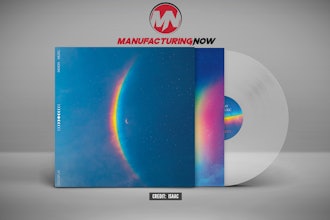Earlier this month, the National Transportation Safety Board (NTSB) came out and slammed the 5-Star Safety Rating Program that American car buyers use when looking for a new vehicle.
According to the NTSB, the program "fails consumers" and is approaching "near irrelevance" by not including collision-avoidance and other technology in the ratings.
Back in March, the National Highway Traffic Safety Administration solicited changes to the five-star program also known as the New Car Assessment Program (NCAP). NTSB Chair Jennifer Homendy responded with a 13-page letter, urging the NHTSA to incorporate advanced driver assistance systems (ADAS) as well as other advanced safety technologies and pedestrian protection into its rating.
Homendy says "safety is not only about crashworthiness, but increasingly about crash avoidance.” The NTSB has been recommending to include these features in the ratings for decades. Still, it remains possible for a car marketed in the U.S. with none of the current collision-prevention tech to receive a top rating. Homendy says that's just "unacceptable."
The rating system dates back to 1979 and incentivized automakers to make ongoing improvements to vehicle crashworthiness.
It all comes down to the Monroney label, the window labels found on new cars at the dealership.
The NTSB wants the NHTSA to rate the performance of these safety technologies and include the ratings in the 5-Star Rating System.
In December 2015, Congress mandated that NHTSA require crash avoidance information to be placed alongside crashworthiness information on the window labels by 2016. It's 2022.






















